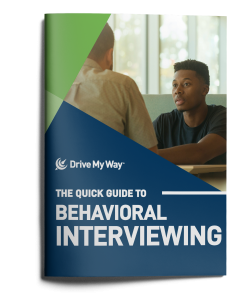
With the recent e-commerce explosion, companies have an increased need for “last mile” sprinter van drivers. While most companies prefer to hire their own drivers, a growing number are starting to hire independent Owner Operators to help with the influx of orders. Additionally, more and more drivers who owned their own truck are downsizing to sprinter vans to increase home time, cut costs, and avoid CDL regulations.
When it comes to recruiting these drivers, it can be difficult to know what you need to do to stand out from other companies. Here are 4 of the most helpful tips successful recruiters follow when recruiting sprinter van Owner Operators.
1. Know Your Drivers
The first tip is to know the type of drivers you are recruiting. If a driver owns their own sprinter van, he or she will likely be more experienced and entrepreneurial-minded than an average company driver. Like all Owner Operators, sprinter van owners value job flexibility. That’s most likely why they became an Owner Operator in the first place.
Since there’s a huge demand for their services, they can be much more selective in the type of work they pick up. They’ll want to see the long-term benefit before they consider partnering with your business.
2. Disclose Everything Related to the Job
One of the biggest issues that drivers point out with recruiters is an apparent lack of honesty. Often, this isn’t because the recruiter is doing anything dishonest or deceptive, it’s because he or she isn’t informed on everything the driver finds important. When it comes to Owner Operators, this becomes especially apparent.
As stated earlier, these drivers view working with your company as a partnership, not simply a job. It may not be enough to simply provide Owner Operators with the pay, equipment requirements, and the hours. They may want to know the overall business goals, culture, and operations of your company before they partner with you. It’s important for recruiters to be well-versed in all these things before reaching out to Owner Operators.
 3. Go Where Owner Operators Are
3. Go Where Owner Operators Are
Just like company drivers, Owner Operators use a variety of job boards to find employment. But, if you’re looking to hire a large number of sprinter van Owner Operators, your best bet may be to advertise with print magazines. According to the Overdrive 2016 Connectivity Study, Owner Operators read industry magazines at a much higher rate than other drivers.
Utilizing your network of past and present drivers can be another huge resource in tracking down quality sprinter van Owner Operators who may not be on job boards. According to that same study, 43.8% of drivers find new jobs by word of mouth referrals.
4. Respond Quickly and Professionally
Drivers are in high demand right now. The ones who are actively looking for work can afford to be picky with who they partner with. If you’re not staying in contact throughout the hiring process, they’ll quickly move on to the next opportunity. According to data captured through Drive My Way drivers, the top reason candidates declined job offers is because they just accepted an offer from someone else.
This may mean being available outside of normal business hours. If you’re recruiting for a national company, be ready to take calls a few hours before or after the traditional 8AM-5PM workday to account for different time zones and driver shifts.
Another tip is to make sure you’re getting back to all the drivers who have applied, even if the news isn’t good. It can be a difficult conversation, but avoiding it can lead to a negative impact on your company’s reputation. A LinkedIn survey found that 94% of respondents said they want to receive feedback on their interviews, good or bad. Not every Owner Operator will be a good match for your company, but having a quick and transparent hiring process will make them much more likely to tell other Owner Operators good things about your company.
While there is a lot of competition right now for sprinter van Owner Operators, following these key tips will make the recruiting process for you and the driver easier and more productive.

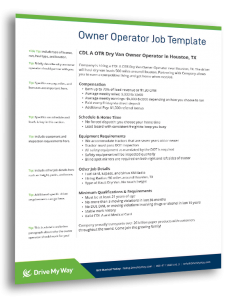

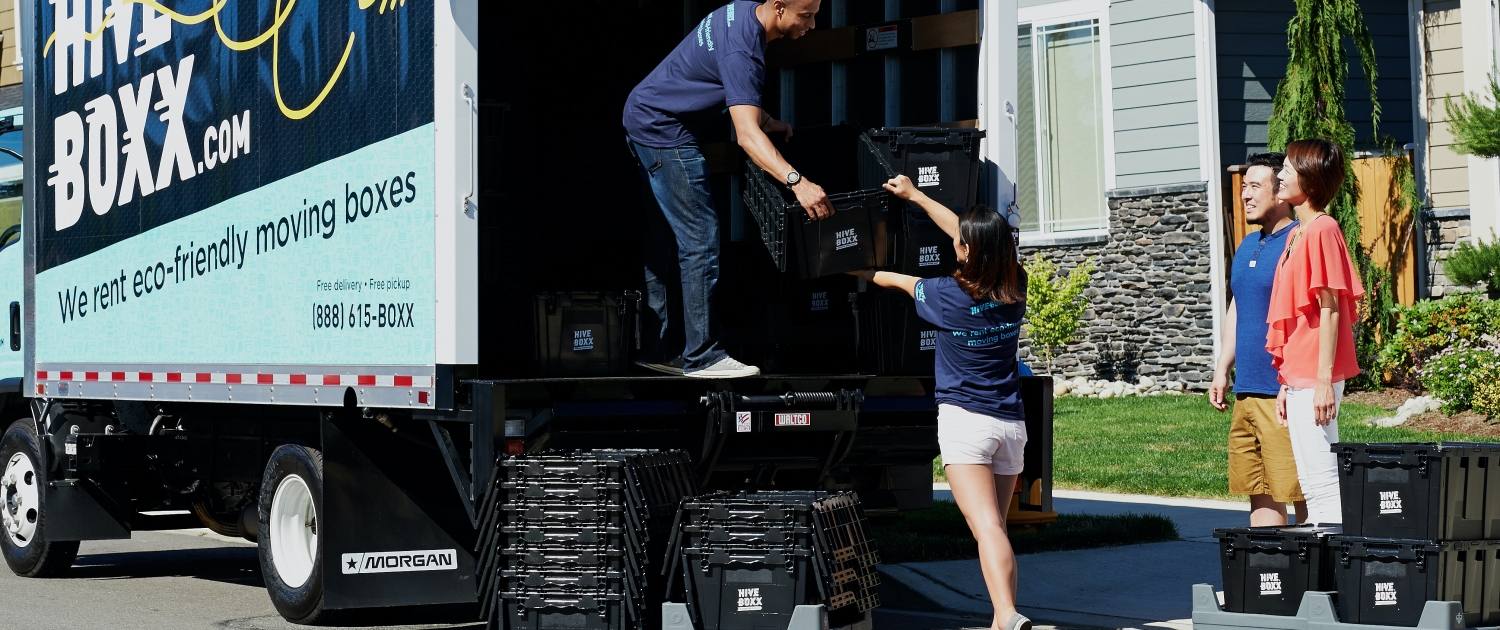

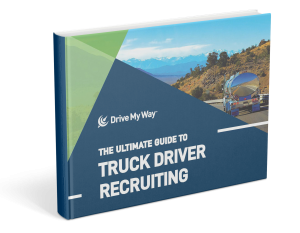


 Many trucking regulations experts are strongly opposed to the PRO Act, but there is an underlying problem that this Act brings to the surface. The PRO Act tries to prevent companies from “employing” workers without offering benefits AKA
Many trucking regulations experts are strongly opposed to the PRO Act, but there is an underlying problem that this Act brings to the surface. The PRO Act tries to prevent companies from “employing” workers without offering benefits AKA 

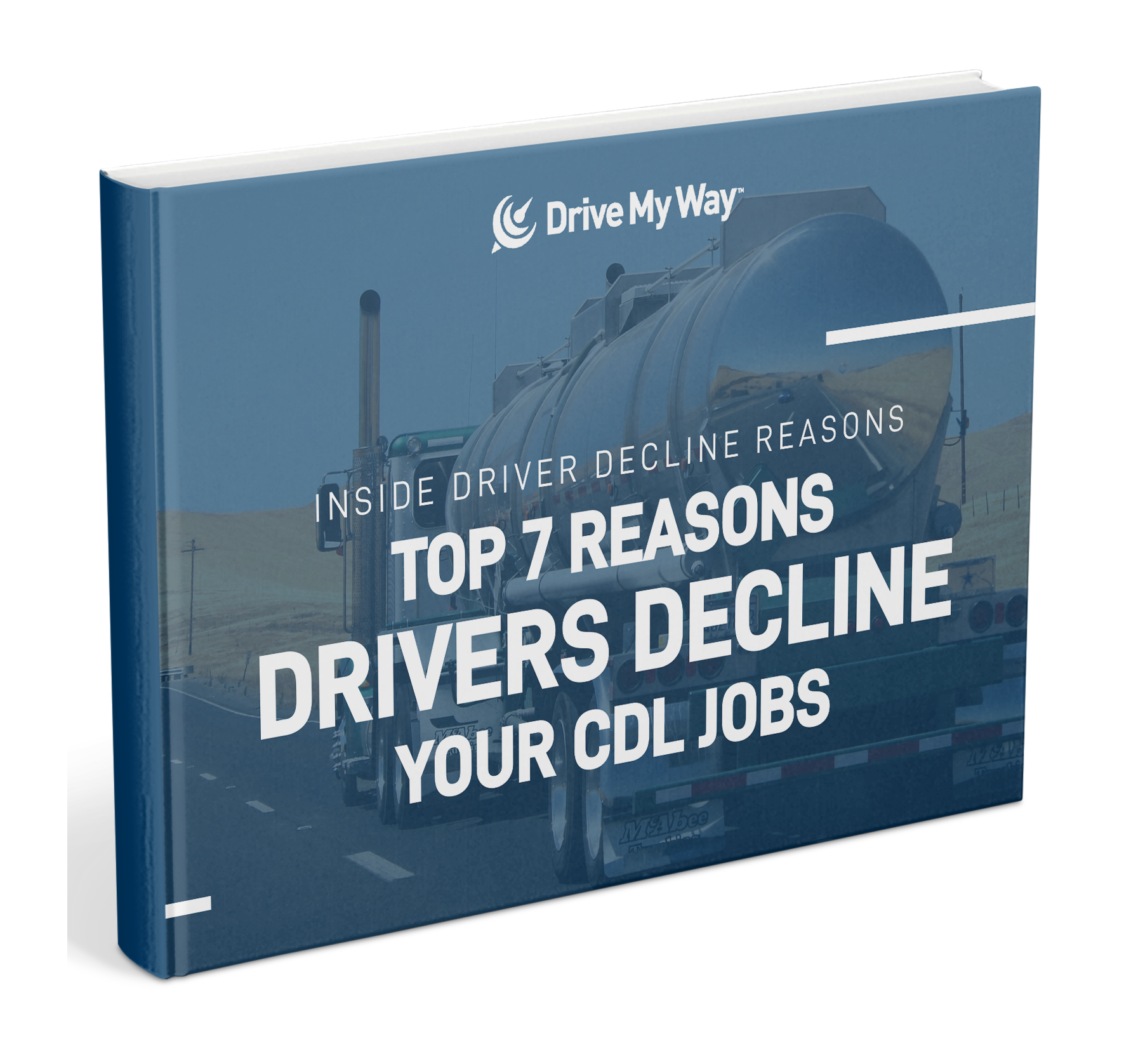

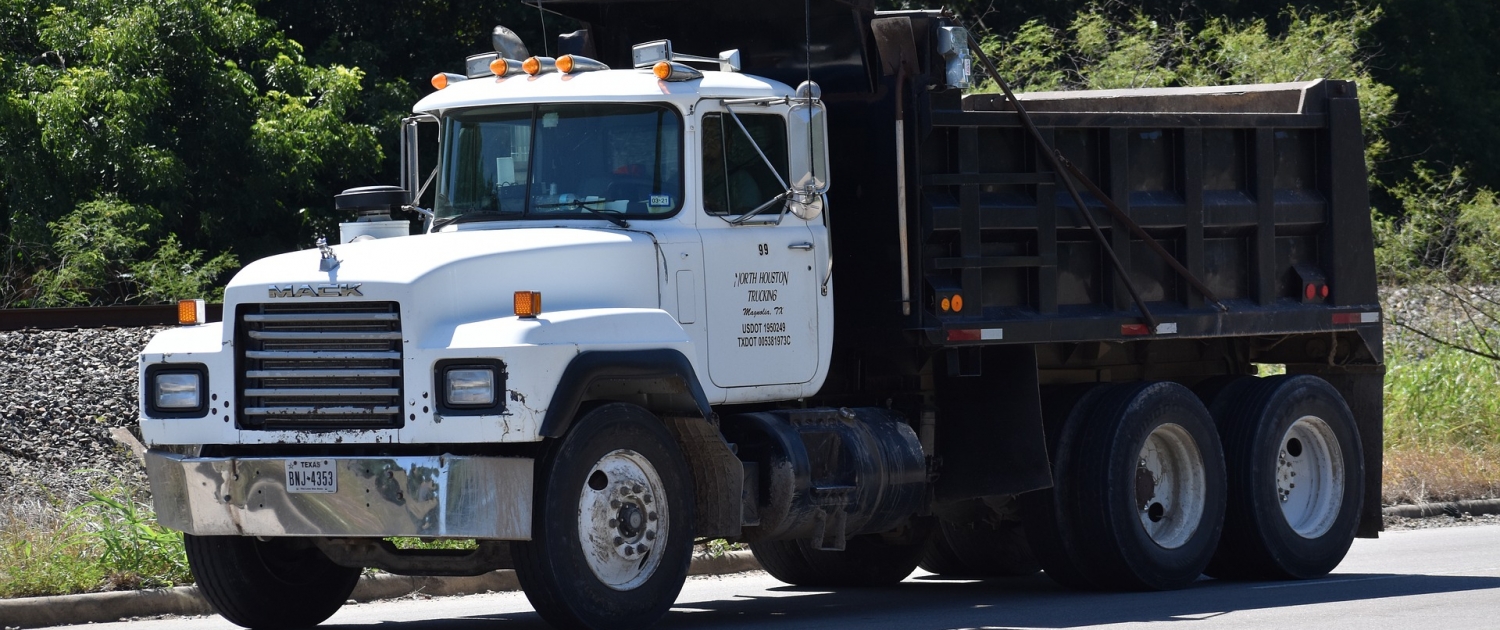

 These are often two of the most important factors for regional drivers. Many regional drivers prioritize more home time and are willing to take a slight pay cut if they were at an OTR position. Regional jobs can be the
These are often two of the most important factors for regional drivers. Many regional drivers prioritize more home time and are willing to take a slight pay cut if they were at an OTR position. Regional jobs can be the  While they don’t spend weeks on the road at a time, regional drivers still spend a lot of time in their cab. That means that
While they don’t spend weeks on the road at a time, regional drivers still spend a lot of time in their cab. That means that 
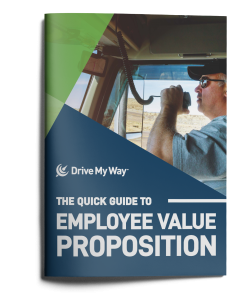





 Driver orientation and onboarding is about more than information sharing from your company. It’s also when drivers meet their peers and supervisors. It’s hard to replace this kind of natural networking in remote onboarding. Video calls, social networks, and personal phone calls or emails all help bridge the gap.
Driver orientation and onboarding is about more than information sharing from your company. It’s also when drivers meet their peers and supervisors. It’s hard to replace this kind of natural networking in remote onboarding. Video calls, social networks, and personal phone calls or emails all help bridge the gap. 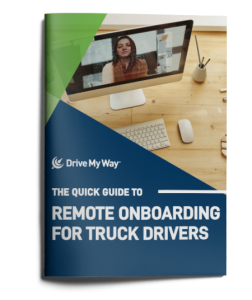

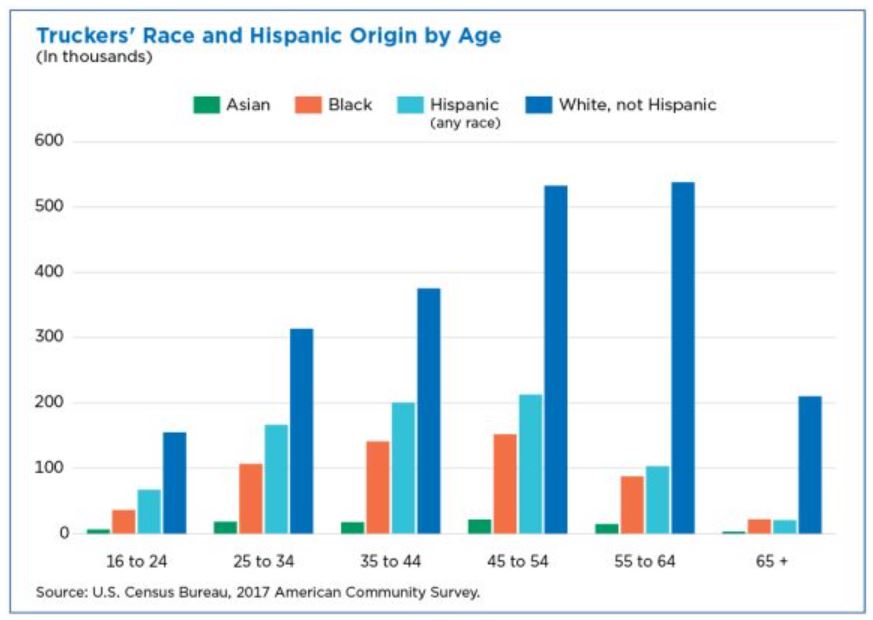



 To successfully use behavioral interviewing, there are a few steps. First, review a competency chart. Then, identify the competencies that are most important to successfully doing the jobs you have open. For all truck drivers, planning, problem-solving, and time management are likely to be high on your list.
To successfully use behavioral interviewing, there are a few steps. First, review a competency chart. Then, identify the competencies that are most important to successfully doing the jobs you have open. For all truck drivers, planning, problem-solving, and time management are likely to be high on your list.  Everyone wants to sound their best during an interview, and it’s natural for humans to be selective in their storytelling. It’s all too easy for a candidate to embellish or stretch the truth when talking about themselves. Unfortunately, as an interviewer, this makes your job very difficult. Even a well-meaning enhancement of what a driver
Everyone wants to sound their best during an interview, and it’s natural for humans to be selective in their storytelling. It’s all too easy for a candidate to embellish or stretch the truth when talking about themselves. Unfortunately, as an interviewer, this makes your job very difficult. Even a well-meaning enhancement of what a driver 